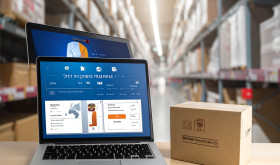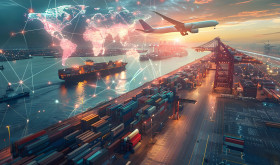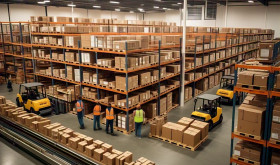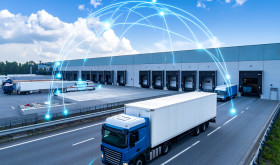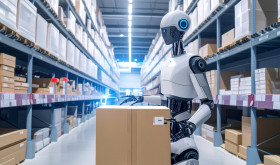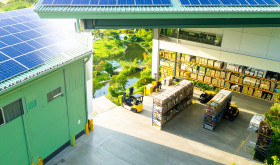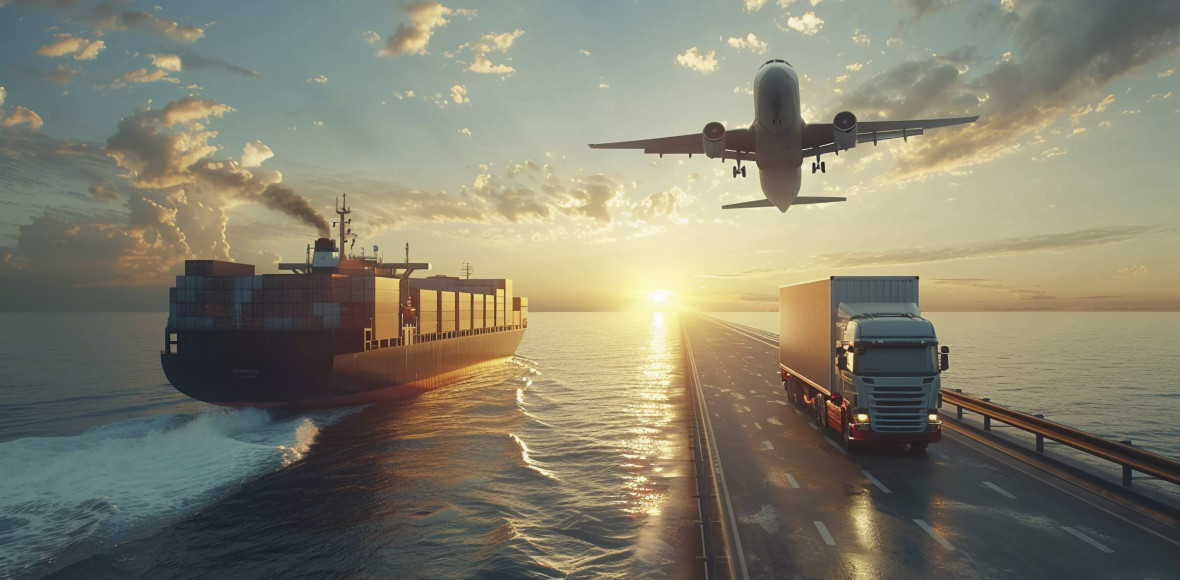
Transport plays a vital role in supply chain management but often comes with high costs. It makes up a big chunk of business expenses, between 40 and 60 percent of total logistics spending. It also directly affects what customers see, like whether deliveries are on time, complete, and meet quality standards. Cutting costs while improving service may sound impossible. But new technologies, creative strategies, and better management tools show that businesses can spend less on transport and still perform better. Success depends on finding smarter ways to work with data, updating processes, and using tools like a transportation management system.
- The Dual Challenge: Cost vs. Service
The main challenge in transportation is managing two opposing goals:
- Cutting Costs: Companies aim to save money by using fleets more, lowering empty trips, conserving fuel, and securing better deals with carriers.
- Improving Service Levels: Faster deliveries, better reliability, and offering more flexibility and transparency have become necessary to satisfy growing customer demands in sectors like e-commerce and just-in-time delivery.
People saw these two goals as a balancing act. Saving on costs often meant service quality dropped, and improving service meant spending more. But now, businesses are finding that with smarter planning and digital technology, they can achieve both goals at the same time.
- Creative Strategies for Cost Cutting
Businesses today go beyond just adjusting freight rates. They now use smarter methods that focus on how they operate and rely on data to make decisions.
a) Route Planning
Smart route planning helps vehicles follow the best routes by factoring in traffic, weather changes, and instant updates. This saves fuel, cuts driver time, and often delivers quicker than routes planned ahead of time.
b) Combining Shipments
Grouping shipments for different customers in various places or specific timeframes cuts down on trips and makes better use of truck space. Efficiency improves with tools like cross-docking hubs or even shared networks between companies, including competitors.
c) Changing Transport Modes
Switching between types of transportation, like road to rail, sea to air, or using a mix of methods, offers flexibility. Companies base these decisions on cost, how something needs to arrive, and the distance involved. For instance, using rail or barges for long-distance deliveries can save a lot of money and still meet delivery deadlines.
d) Fuel Efficiency Steps
Companies can cut fuel expenses by buying energy-efficient vehicles, using hybrid or electric ones for city deliveries, and avoiding unnecessary idling. By tracking drivers with telematics, they ensure eco-friendly driving habits are practised.
e) Shared Logistics
Working together across supply chains, such as sharing delivery trucks or storage spaces, helps businesses lower costs. Smaller businesses can partner with others to gain an advantage and decrease transportation costs per kilometre, making competition with bigger companies more feasible.
- Service-Level Improvements Through Creativity
Saving money does not have to make service worse. Smart ideas often make the customer experience better.
a) Real-Time Shipment Tracking
GPS and transport management system portals build trust by giving customers shipment updates. Fewer people call in with questions since they can see where their package is. Predictive delivery times and alerts help customers stay informed about delays.
b) Flexible Delivery Methods
Giving options like delivery time slots, parcel lockers, or pickup locations makes things easier for customers. For B2C and the last stretch of a delivery, flexibility can set businesses apart from competitors.
c) Innovations in Last-Mile Delivery
Using urban hubs, cargo bikes, drones, or gig-worker delivery platforms lowers costs in the priciest part of logistics. It also speeds up how deliveries reach customers.
d) Proactive Exception Management
Analytics help foresee problems like poor weather, crowded ports, or not enough drivers. Predicting these issues allows companies to reroute deliveries. This helps keep services running and often cuts costs by avoiding extra fees or rushed shipping expenses.
- Role of Transportation Management Systems
The transportation management system acts as the backbone for cutting costs and boosting service quality. It works as a central digital hub to organise, carry out, and improve transportation operations.
a) Key Features
- Route and Load Planning – Plans routes and organizes loads to better utilize vehicles.
- Managing Carriers—Simplifies comparing rates, handling tender processes, and picking carriers.
- Audit and Freight Payments – Checks invoices, finds billing mistakes, and makes sure payments are correct.
- Tracking and Visibility – Works with GPS and IoT tools to monitor shipments as they move.
- Reports and Analytics – Tracks weak spots, finds cost issues, and helps with ongoing improvements.
b) Features of an Advanced Transport Management System
Modern transport management system platforms work with ERP, order management systems, and warehouse management systems. They provide complete visibility across the supply chain. AI-powered tools help choose the best carriers, transport modes, and schedules. Cloud systems make it easier for SMEs to grow without needing large upfront investments.
c) Case Example
A retailer used a cloud-based transport management system to cut down empty miles by 18%. It achieved this through real-time load matching and saved 12% on freight costs. Meanwhile, on-time deliveries improved by 22%, boosting customer satisfaction scores.
- Data and Analytics as a Creative Lever
Creativity in transport turns into guessing without proper data. Businesses now depend on:
- Telematics Data: Tracks how drivers behave, measures fuel use, and checks the condition of vehicles.
- Predictive Analytics: Predicts when demand may rise, capacity might fall short, or disruptions could happen.
- Digital Twins: Creates virtual models to explore and test logistics plans before using them in real life.
Businesses use these tools to come up with smart plans that balance costs and meet service goals.
- Tackling Challenges in Implementation Overcoming
Putting innovative ideas into action comes with difficulties. Some usual hurdles are:
- Resistance to Change: Some drivers, planners, and carriers avoid adopting digital solutions.
- Complexity in Integration: Linking a transport management system with an ERP or warehouse management system demands resources, expertise, and investment in IT.
- High Initial Costs: While long-term savings are significant, the upfront expense of a transport management system or telematics can seem high.
- Problems with Data Quality: Weak or incomplete data reduces how useful analytics can be.
Organisations tackle these challenges by starting with phased introductions, trying pilot programs first, and tracking returns on investment.
- The Future of Creative Transportation
Trends show that transportation is heading towards becoming smarter, more eco-friendly, and better at working together. Some new methods are starting to appear:
- AI-Driven Planning: Artificial intelligence uses past data to improve schedules and select better carriers.
- Self-Driving Trucks: Automated vehicles may help cut down labour expenses while making transportation safer.
- Eco-Friendly Policies: Governments and consumers are urging businesses to lower their carbon footprint.
- Blockchain for Clarity: Secure digital ledgers create trust between partners in the supply chain.
All these advancements will rely on transport management system platforms, which serve as the command centre for transportation innovations.
- Conclusion
Transporting goods will always be expensive, but it shapes how customers feel about their experience. Companies can find ways to cut costs and still improve service by being innovative. They can focus on things like better route planning, sharing transport resources, using different modes, improving delivery for the final leg, and relying on transportation management systems.
Companies that adopt digital tools and rethink how they handle transportation can save money. At the same time, they can earn customer trust, meet green goals, and make their supply chains stronger. The challenge isn’t easy, but it’s also a chance to grow. The future of logistics will favour those who treat transportation not just as an expense but as a key tool for improving business and customer satisfaction.

